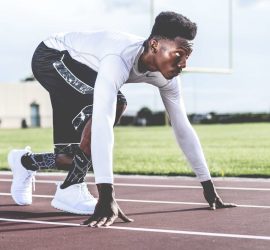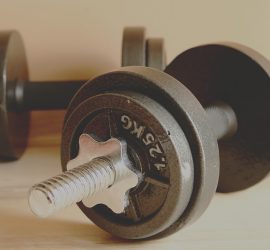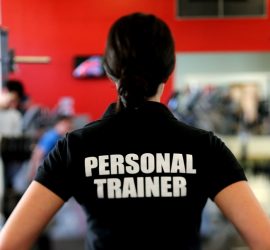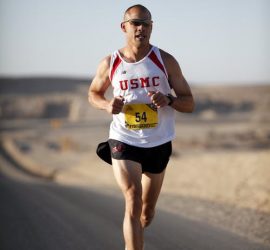Combining functional exercises with resistance training increases muscle size and improves function in young adults with cerebral palsy
Sizes of leg muscles in young adults with cerebral palsy can be reduced by up to 50% compared with typically developing people (Shortland 2009). The reduced muscle size may be caused by the effects of cerebral palsy itself, reduced muscle use, treatments that are directed at the muscle (such as […]










